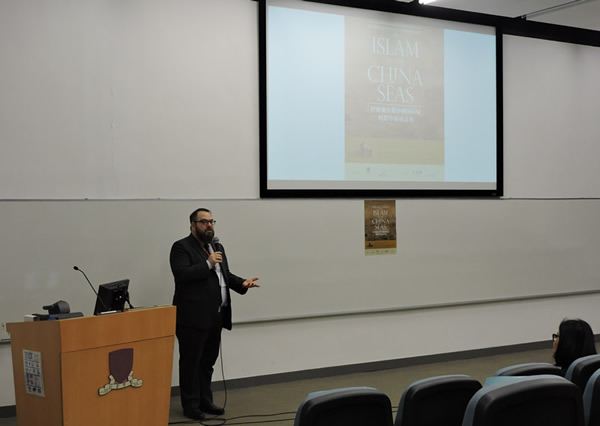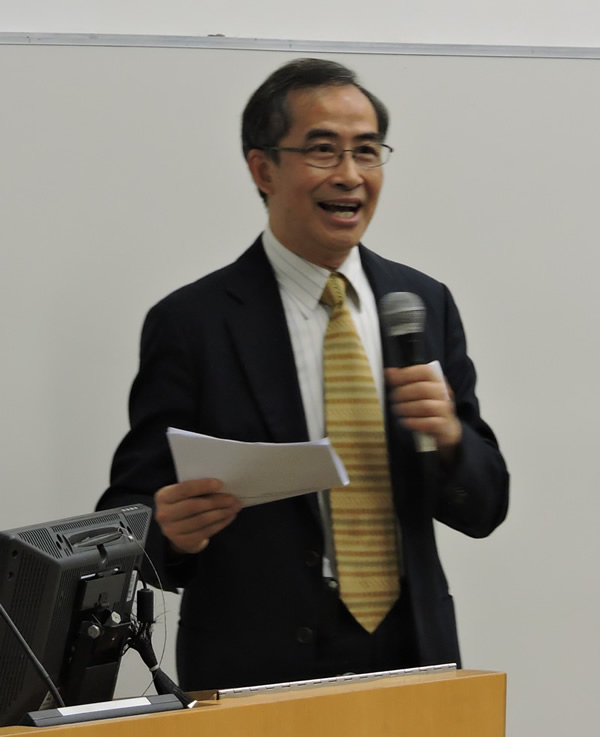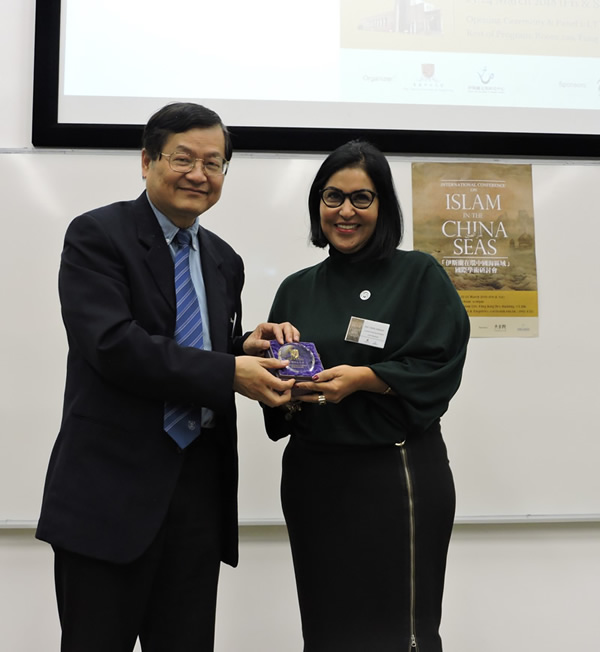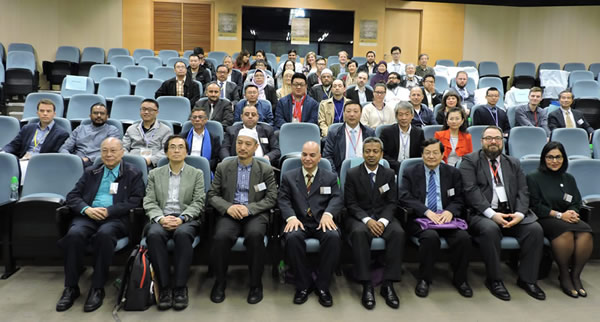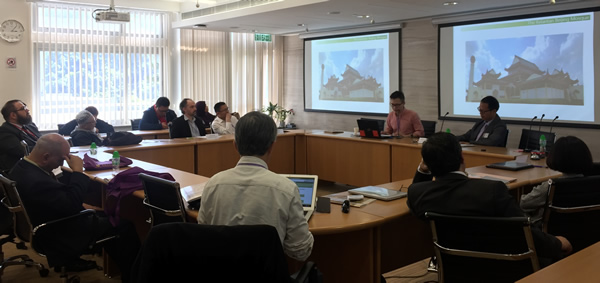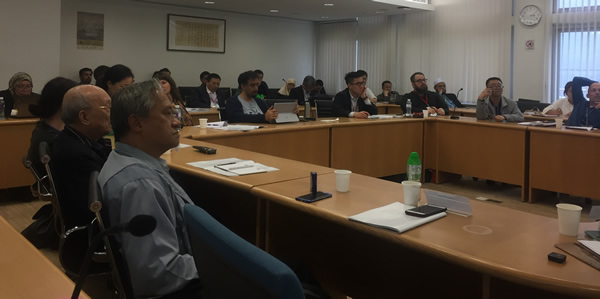>> About Us
In order to promote the discipline in Hong Kong, the Research Institute for the Humanities (RIH) of The Chinese University of Hong Kong (CUHK) came to an agreement with the Islamic Cultural Association (Hong Kong) on 31 July 2013. With sponsorship provided by the latter under the agreement, RIH launched the ‘Islamic Studies Initiative’ (ISI) on 13 September 2013. On 12 May 2015, ISI was approved by the management of the university to become the Centre for the Study of Islamic Culture (CSIC).
>> Contact us
(852) 3943-9580
(852) 3943-4785
LG13I, Leung Kau Kui Building, The Chinese University of Hong Kong, Shatin, New Territories, Hong Kong
International Conference on Islam in the China Seas
Release time:2018-03-16 11:30:56
Dates: 23-24 March 2018 (Fri & Sat)
Venue: Room 220, Fung King Hey Building, CUHK
Organizer: Centre for the Study of Islamic Culture, CUHK
Sponsors: Faculty of Arts, CUHK ; Islamic Cultural Association (Hong Kong)
Conference Program:(Download PDF)
Introduction
A vital passage between the Indian and Pacific oceans, the South China Sea, has historically been an arena of competition, as nations and empires have vied for hegemonic control over it for centuries. Tensions in the area have steadily risen in recent years and a maritime military buildup currently demands world attention as a flashpoint of geopolitical jockeying among regional and global powers. China, Vietnam, the Philippines, Taiwan, Malaysia and Brunei have all staked claims to parts of this strategic and resource-rich basin, while the United States also seeks to protect its far-reaching interests there.
Long before the current geopolitical conflicts, the South China Sea was already a center of international commerce, comparable to the Mediterranean as a conduit of wealth and a melting pot of cultures, where both goods and ideas were exchanged. Commodities and technologies from the Indian and Chinese civilizational spheres were freely transmitted, and transported as far afield as Africa and Japan. Among the cultural cargo, religious teachings were also trafficked along the ancient maritime trade routes. Arab and Iranian merchants from the Persian Gulf had long participated in Indian Ocean trade, and eventually penetrated the Malacca Straits into the South China Sea. Starting in the late 7th century, after the establishment of Islam in Arabia, Muslim seafaring traders continued this tradition.
Thus, Islam spread into the China Seas via the so-called maritime extension of the Silk Road, and from there it reached the southeast coast of the Chinese mainland, as well as the peninsulas and archipelagos of Southeast Asia, and beyond. This conference aims to explore the historical, geographic, economic, social, political, cultural and religious contexts of the introduction and development of Islam in the greater China Seas region, from a multidisciplinary perspective. Topics of research will include: trade and religious dissemination; Muslim settlement in the China Seas region; the introduction and spread of Islam in South China; Islamisation, assimilation and indigenization; and Muslims’ role in the spread of Chinese regional influence, among others. Such research represents an important component of the international and intercultural understanding underlying the “One Belt, One Road” initiative.
